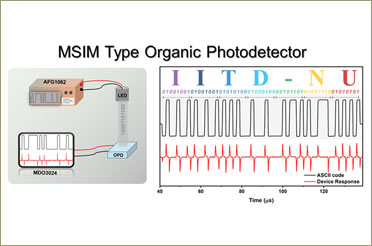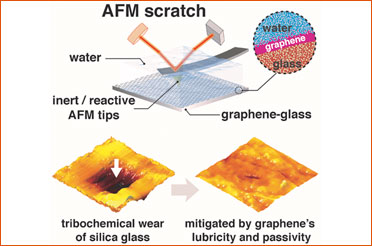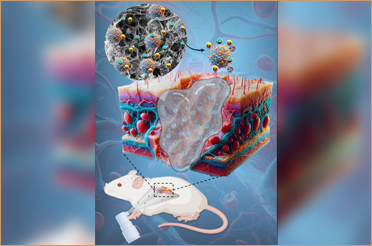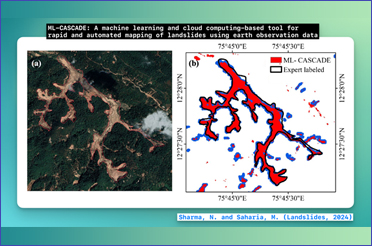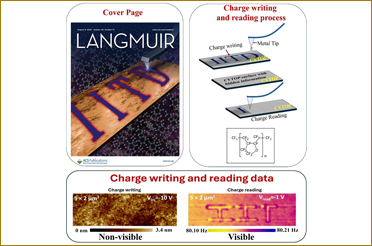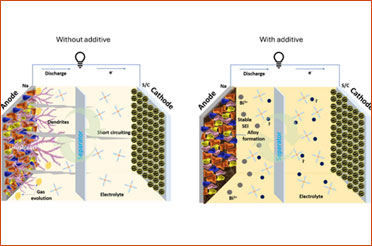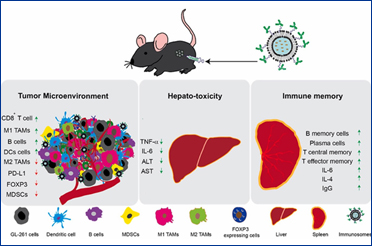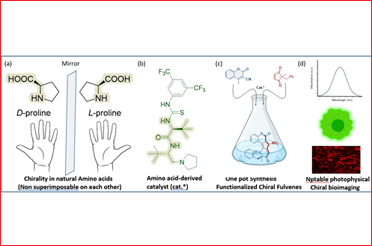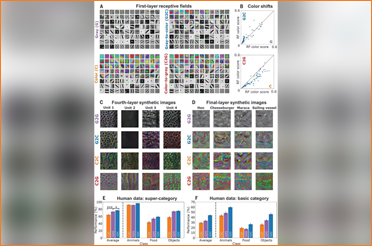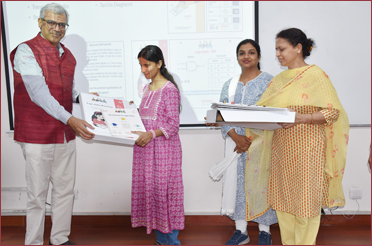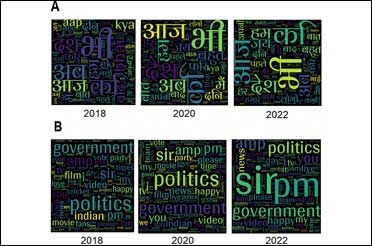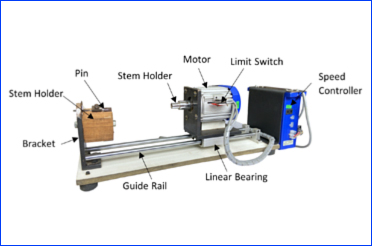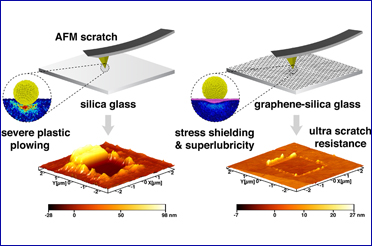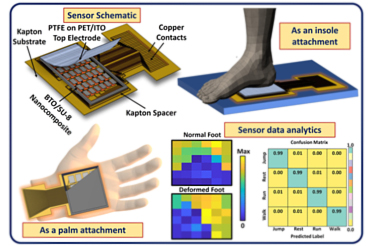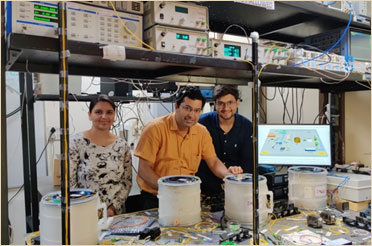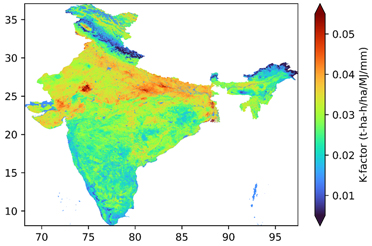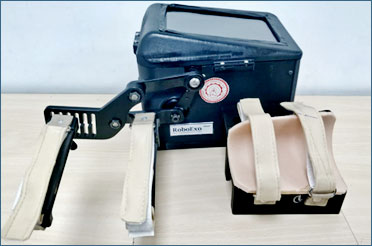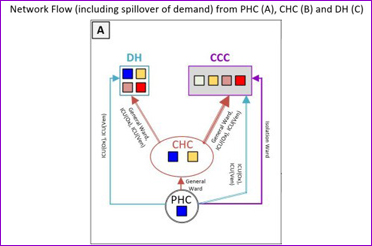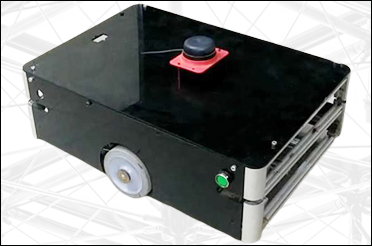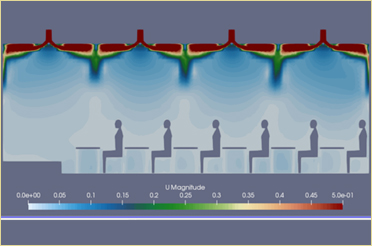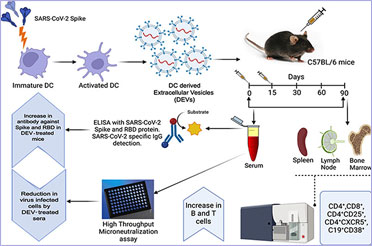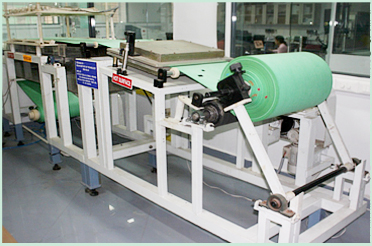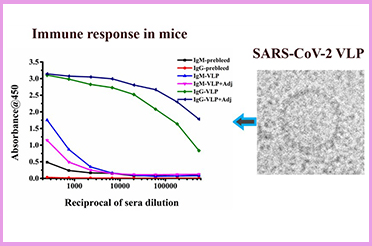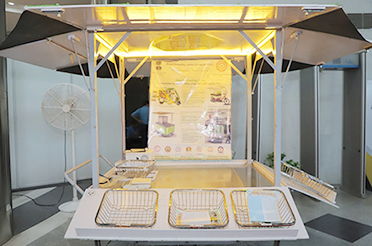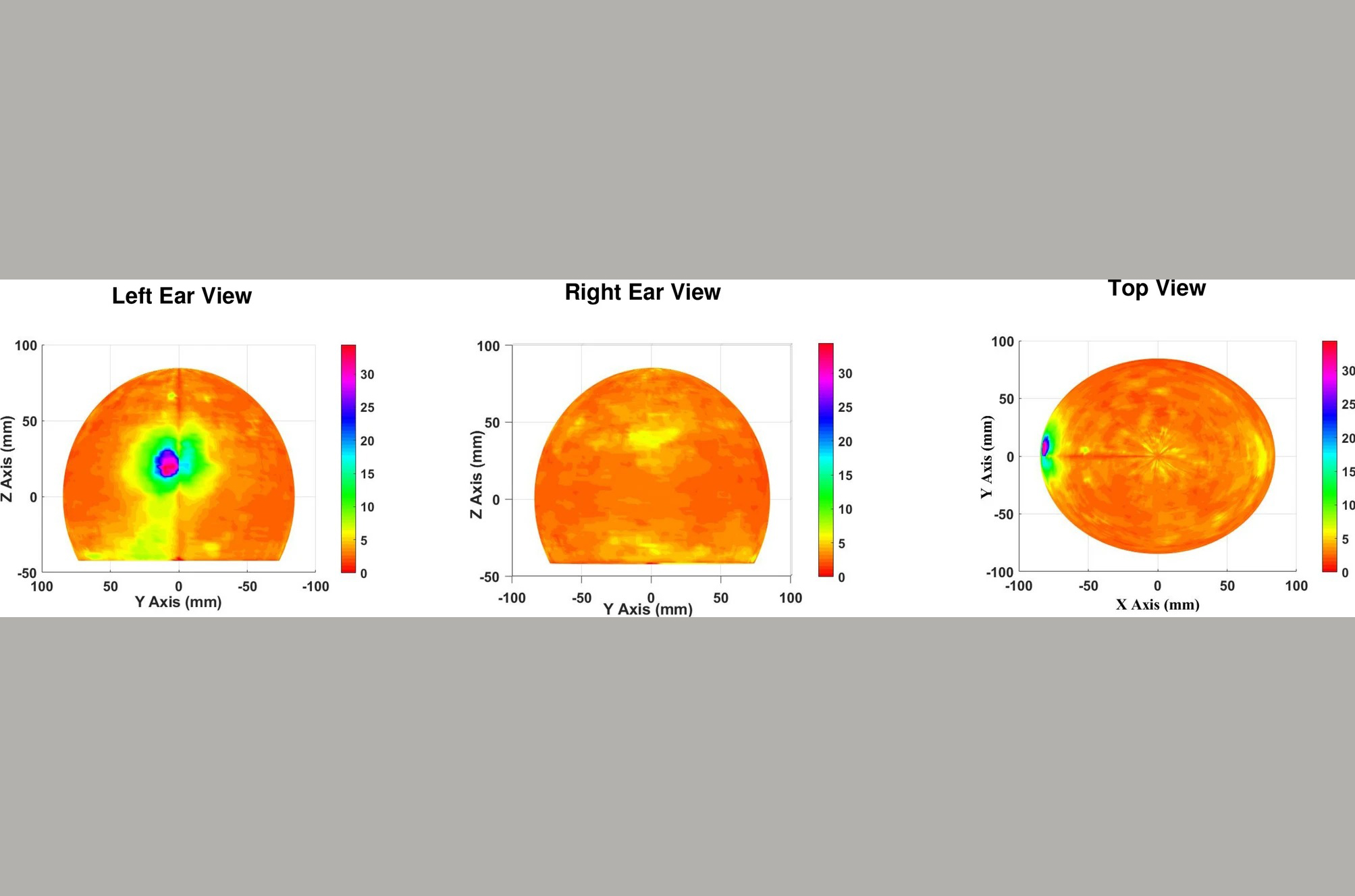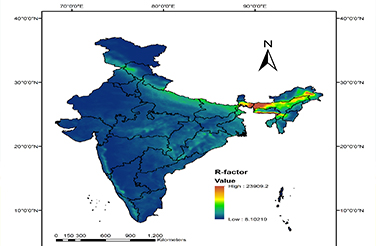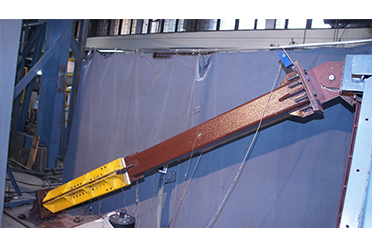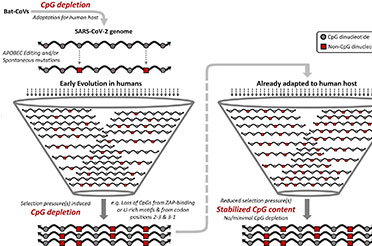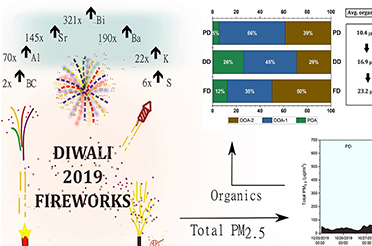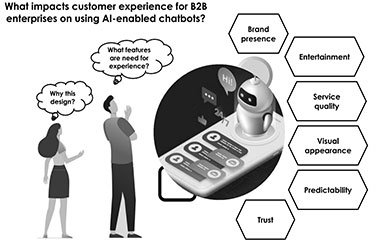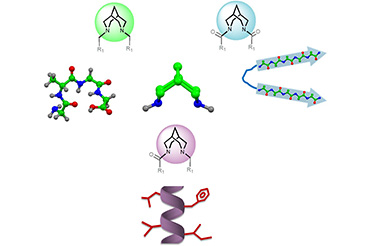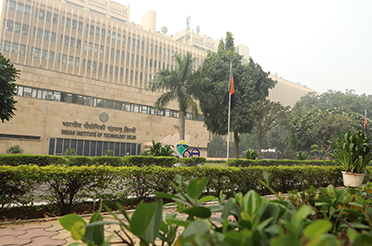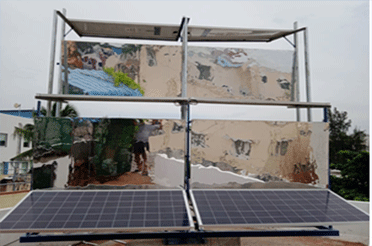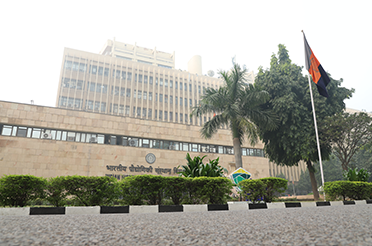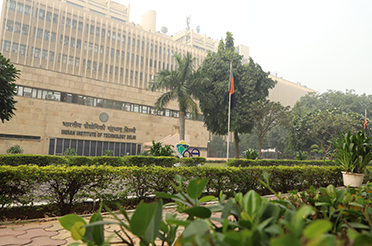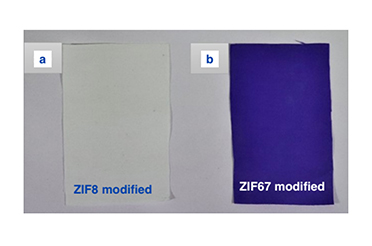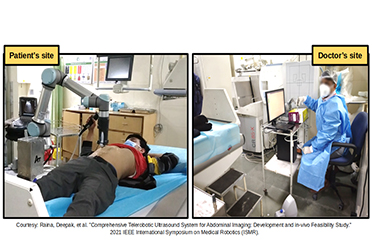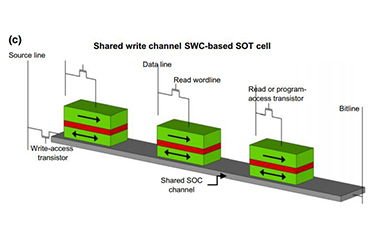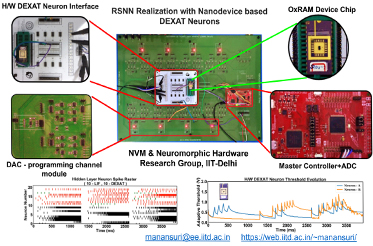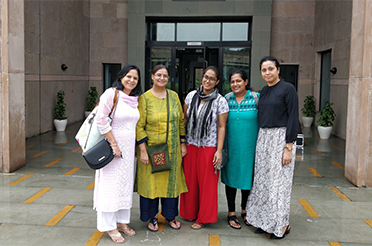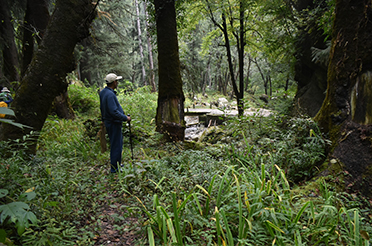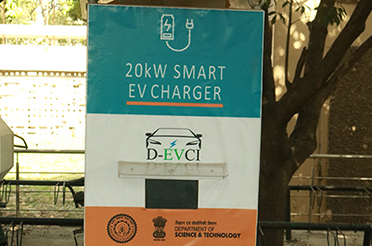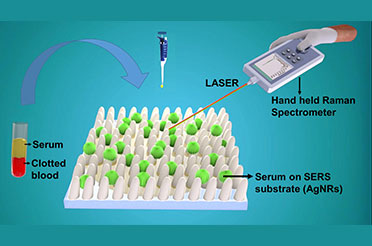Publish Date: May 12, 2023
Evidence of Structural Brain Plasticity Observed Following Treatment to Congenital Blind Humans
Share this on
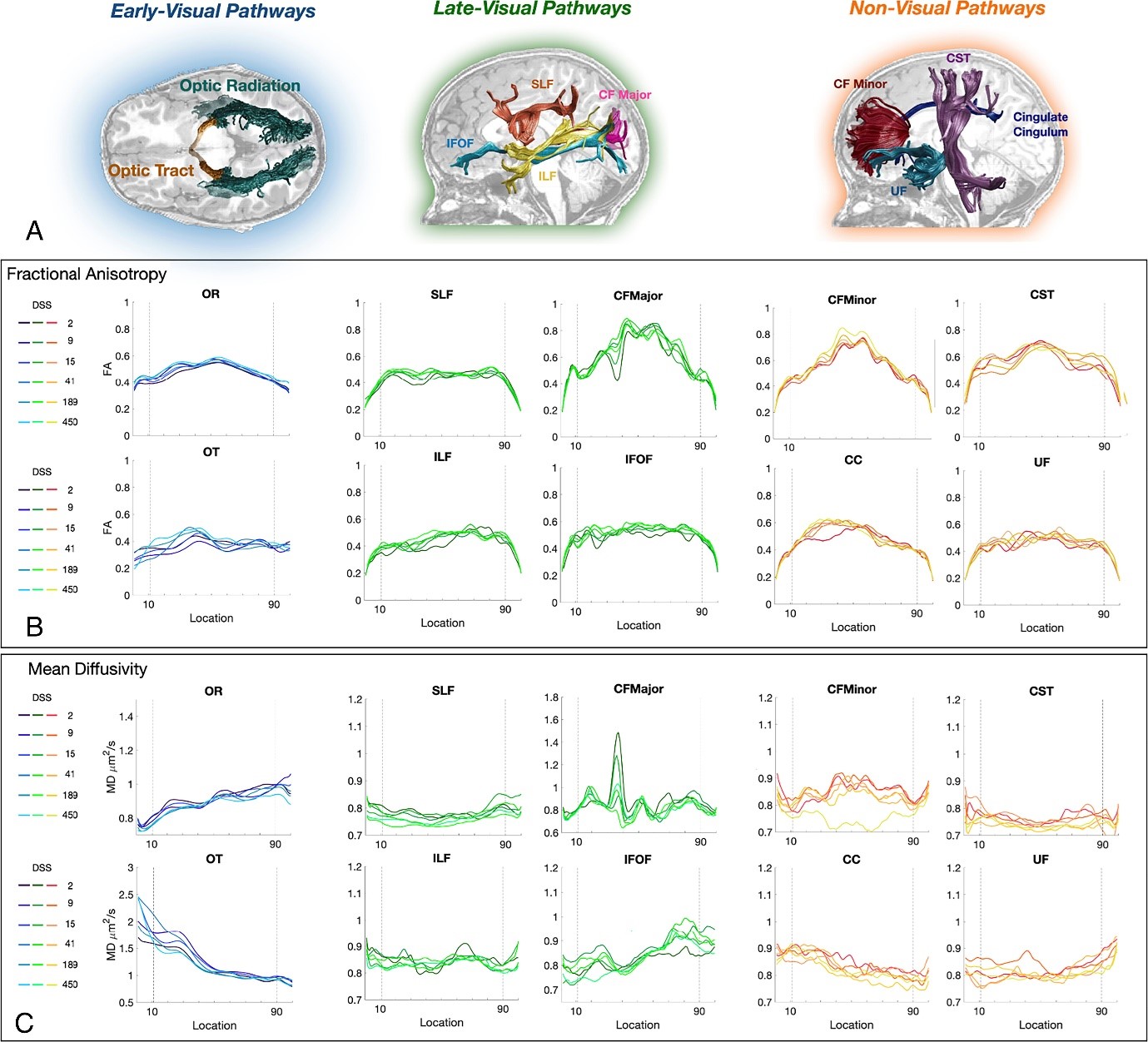
The human visual system develops abnormally when visual input is absent or degraded during a critical period early in life. Restoration of the visual input later in life is generally thought to have limited benefit because the visual system will lack sufficient plasticity to adapt to and utilize the information from the eyes. Recent evidence, however, shows that congenitally blind adolescents can recover both low-level and higher-level visual function following surgery.
Prof. Tapan K. Gandhi, Cadence Chair Professor of AI, Department of Electrical Engineering at IIT Delhi and his co-researchers studied congenitally blind patients (aged 7-17 Years) with dense bilateral cataracts, who received cataract surgery at different stages of adolescence. Their goal was to differentiate between age- and surgery-related changes in both behavioural performance and structural measures to identify neural correlates which might contribute to recovery of visual function.
They observed surgery-related long-term increases of structural integrity of late-visual pathways connecting the occipital regions with ipsilateral fronto-parieto-temporal regions or homotopic contralateral areas. The researchers found that the extent of behavioural improvement in face perception was mediated by changes in structural integrity in late visual pathways. The results suggest that sufficient plasticity remains in adolescence to partially overcome abnormal visual development and help localize the sites of neural change underlying sight recovery.
“There is a general notion known as ‘Critical Period for sensory development’ that kids who are born visually impaired [due to cataract] and continue in that same condition for few months or years, can’t get back their visual function later part of life, even if they get back their sight by miracle. But this appears not true in many cases. Current medical facilities can treat defects in lenses and corneas, and the brain can then begin to learn about the visual world,” explains Prof. Tapan K. Gandhi, Cadence Chair Professor of AI, Department of Electrical Engineering at IIT Delhi and one of the first authors of the paper published in the Proceedings of the National Academy of Sciences (https://www.pnas.org/doi/10.1073/pnas.2207025120). Currently, Prof. Gandhi is also heading ‘Prakash Charitable Trust’ that helps in restoration of sight to curably Blinds and provide education.


